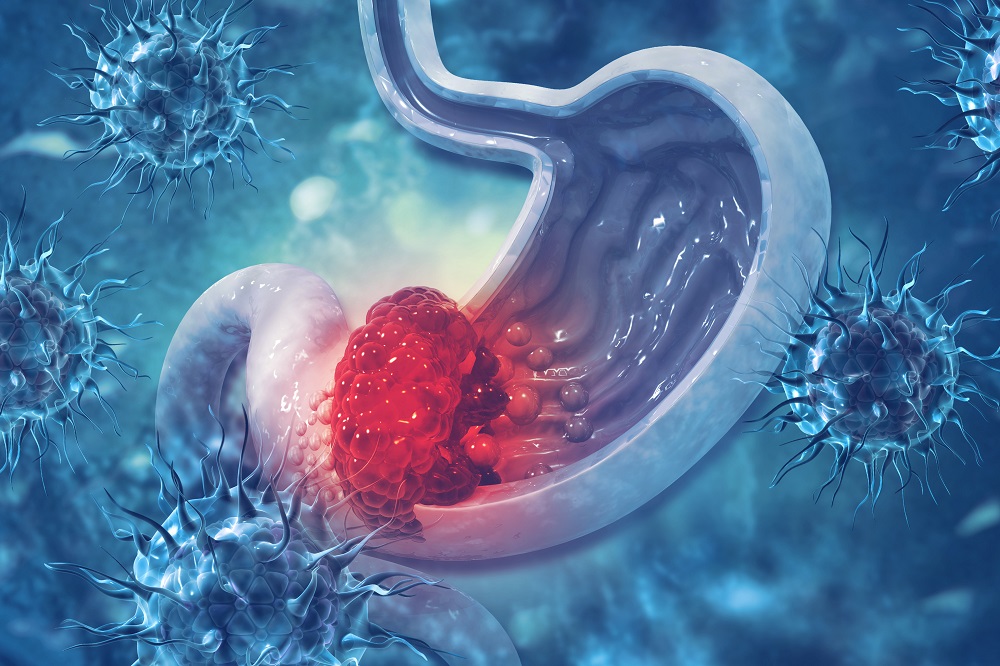Diagnosis
Early diagnosis of stomach cancer is important to improve the outcome of the disease. With the help of an early diagnosis, treatment without surgery is possible.
The following are diagnostic tests used to check for stomach cancer
Endoscopy
The specialist passes a tiny tube with a camera down your throat and into the stomach. If any growths or abnormal looking areas are found, some pieces of tissue can be taken for analysis at the same time.
Endoscopic ultrasound
This is the same thing as an endoscopy , but with an ultrasound probe at the end. This is to help determine the size of the cancer and whether it has spread.
Other imaging Tests
Imaging tests like CT, MRI and PET scans would be used to check your other organs to find out where the cancer is and whether it has spread.
Laparoscopy
This involves making several incisions in your abdomen and using a laparoscope (a camera) to look at the outside of the stomach and nearby organs. It is done under general anaesthetic.
Staging
According to the AJCC system, various factors help to stage stomach cancer. These stages are as follows;
Stage 0
This is a high–grade dysplasia which means that the cells in the inner lining of the stomach look abnormal microscopically. These usually appear on the topmost layer of the mucosa. The other name for this stage is Carcinoma in situ. Stage 0 stomach cancer has not spread to lymph nodes or nearby sites.
Stage I
This means
- The cancer is still confined within the lining of the stomach with no lymph node involvement (stage 1A or T1, NO, MO in the TNM staging system) or
- The cancer is still within the stomach lining but has spread to one or two nearby lymph nodes (stage 1B or or T1, N1, MO in the TNM staging system
Stage 2
This means
- The cancer is still confined within the stomach lining but has spread to between 3 and 6 lymph nodes, ( stage 2A and T1,N2, M0 in the TNM staging system) or
- The cancer is still confined within the stomach lining but has spread to more than 7 lymph nodes (stage 2B and T1,N3, M0 in the TNM staging system )
Stage 3
This means
- The cancer has grown into the muscle layer of the stomach but has spread to more than 7 lymph nodes (stage 3A and T2, N3, M0 in the TNM staging system ) or
- The cancer has grown into the outer layer of the stomach but has spread to more than 7 lymph nodes (stage 3B and T3, N3, M0 in the TNM staging system ) or
- The cancer has either grown through the stomach wall and more than 7 nearby lymph nodes contain cancer (stae 3C and T4a, N3, M0 in the TNM staging system )
Stage 4
This is metastatic stomach cancer and means the cancer has spread into other body organs like the brain, bones or lungs.
Treatment
The following are some of the possible treatment options for different types of gastric cancer
Surgery
The surgeon make perform surgery to remove early stage cancers limited to the lining of the stomach. This can be carried out using endoscopy in a procedure endoscopic mucosal resection.
It could also be performed to remove part of the stomach affected by cancer (subtotal gastrectomy) or the entire stomach and some surrounding healthy tissue.
If any part or the entire stomach is removed, this may cause digestive issues.
Chemotherapy
This uses cytotoxic drugs to kill cancer cells. It can be given before surgery to shrink a tumour so that it can be easily taken out or given after surgery to kill any floating cancer cells. It can also be used in people with advanced stomach cancer to help control symptoms.
Radiotherapy
This uses high energy x-rays to kill cancer cells. This can be given before surgery (neoadjuvant radiation) to shrink a tumour so that it can be easily taken out or given surgery to kill any floating cancer cells. It can also be used in people with advanced stomach cancer to help control symptoms.
Targeted drugs
They can alter the way that cells work and help the body control the growth of cancer. A targeted drug may be used with chemotherapy to treat advanced stomach cancer.
REFERENCES


